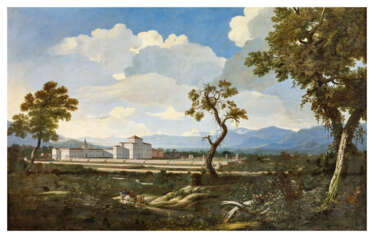landscape gardening





William Daniell was a British landscape painter, marinist and aquatint printmaker, and a Royal Academician.
In his youth he traveled extensively in India with his uncle, the landscape painter Thomas Daniell (1749-1840), with whom he later worked on one of the best illustrated works of the time, Oriental Landscapes. In addition to sketches, William Daniell's diaries contain detailed and insightful descriptions of his travels in North and South India, which formed the basis of their subsequent publications and helped to shape a coherent British view of India.
Daniell was also a prolific engraver and produced countless illustrations for historical and travel works and volumes on the natural world. One of his most famous works was Journey Round Britain (4 volumes, 1814-1825).
William Daniell's work was exhibited at the Royal Academy and the British Institution, and he became a Royal Academician in 1822.


Bertrand Lavier is a French conceptual artist, painter and sculptor, belonging to the post-readymade era, inspired by the Duchampian legacy and the Nouveau réalisme, the artistic movement created by the art critic Pierre Restany in 1960. Lavier studied at the École Nationale Supérieure d'Horticulture in Versailles, France in 1968-1971.


Paolo Anesi was an Italian painter of the 18th century, active mainly in painting capriccios and landscapes (vedute) in the style of Giovanni Paolo Pannini.




Maxfield Parrish was an American painter and illustrator active in the first half of the 20th century. He is known for his distinctive saturated hues and idealized neo-classical imagery. His career spanned fifty years and was wildly successful: the National Museum of American Illustration deemed his painting Daybreak (1922) to be the most successful art print of the 20th century.

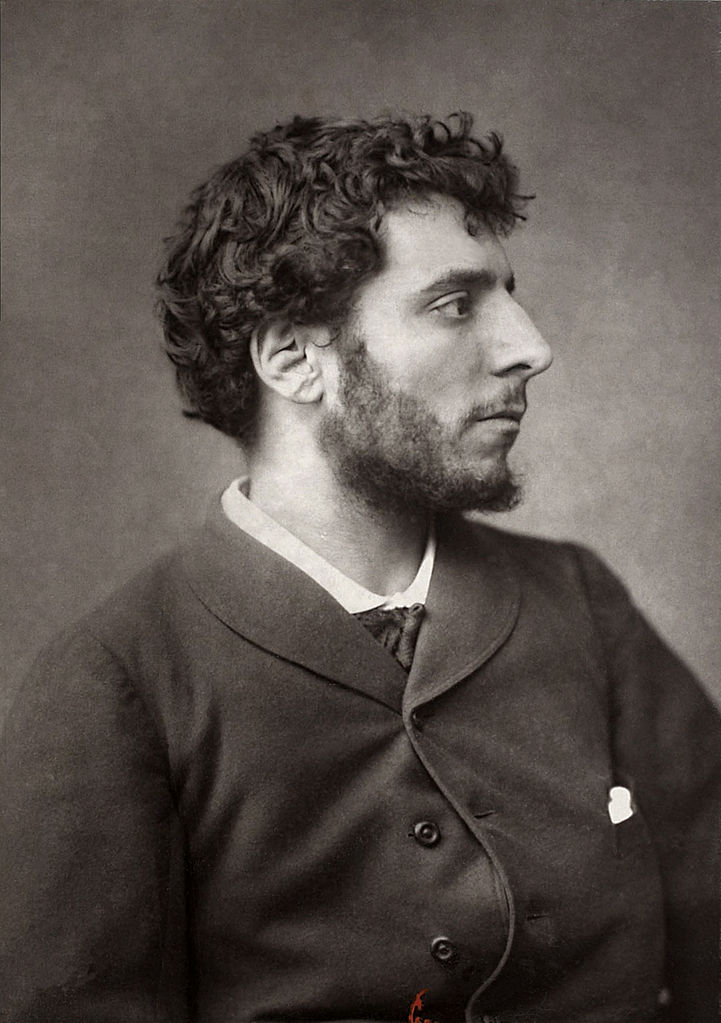
Henri-Jean Guillaume Martin was a French painter. Elected to the Académie des Beaux-Arts in 1917, he is known for his early 1920s work on the walls of the Salle de l'Assemblée générale, where the members of the Conseil d'État meet in the Palais-Royal in Paris. Other notable institutions that have featured his Post-Impressionist paintings in their halls through public procurement include the Élysée Palace, Sorbonne, Hôtel de Ville de Paris, Palais de Justice de Paris, as well as Capitole de Toulouse, although the Musée des Beaux-Arts de Bordeaux and Musée des Augustins also have sizeable public collections.


Gustave Caillebotte was a French Impressionist painter, collector, patron of art and impresario.
Caillebotte was born into a noble and wealthy family, educated as an engineer and lawyer, but became interested in painting and studied at the Paris School of Fine Arts. In 1874 he met Pierre-Auguste Renoir and Claude Monet and presented his work at Impressionist exhibitions. Over the next six years, Caillebotte became the chief organizer, promoter and financial sponsor of Impressionist exhibitions, and used his fortune to purchase works by other Impressionists, notably Monet, Renoir, Camille Pissarro, Paul Cézanne, Edgar Degas, Alfred Sisley and Berthe Morisot.
Caillebotte bequeathed his collection of paintings to the state, some of which later formed the basis of the Impressionist collection at the Musée d'Orsay.
In his paintings, Caillebotte combined in a unique synthesis of academic, realistic and impressionist styles. He painted many family scenes, interiors and landscapes, as well as domestic scenes and streets of Paris.


Jean-Antoine Watteau was a French painter and draughtsman whose brief career spurred the revival of interest in colour and movement, as seen in the tradition of Correggio and Rubens. He revitalized the waning Baroque style, shifting it to the less severe, more naturalistic, less formally classical, Rococo. Watteau is credited with inventing the genre of fêtes galantes, scenes of bucolic and idyllic charm, suffused with a theatrical air. Some of his best known subjects were drawn from the world of Italian comedy and ballet.

 de Heusch.jpg)
Jacob de Heusch was a Dutch painter of the Golden Age of Dutch painting. He is known for his Italian landscapes and vedutas.


Paul Sandby Munn was an esteemed English watercolor painter, celebrated for his atmospheric landscapes of England and Wales, as well as for his pioneering efforts in early lithography. Born in Greenwich, Munn was influenced and initially tutored by his godfather, the renowned Paul Sandby, from whom he also inherited his name. Throughout his career, Munn exhibited a delicate and careful execution in his artworks, embodying the early watercolor style that emphasized pale and soft color palettes.
Paul Sandby Munn’s artistic contributions were frequently showcased at the Royal Academy from 1799, and he was an active member of the Society of Painters in Water Colours from its early days. His works often stemmed from sketches made during tours with his contemporary John Sell Cotman, capturing the essence of the British landscape which was a source of national pride during his time. His notable works include scenes such as the "Shanklin Chine, Isle of Wight" and are preserved in several prominent collections including the British Museum and the Tate.
In addition to his art, Paul Sandby Munn had a keen interest in music, which later in life became his primary focus. His works can still be seen in institutions like The Courtauld Gallery and the V&A, offering a glimpse into the rich history of British watercolor painting and its evolution during the 19th century.
For those interested in exploring Munn's works further, pieces like "Old Water Mill" from 1807, held by The Metropolitan Museum of Art, exemplify his style and contributions to the polyautography technique, a form of early lithography.
If you are keen to explore further or wish to stay updated on new auctions and sales events featuring the exceptional works of Paul Sandby Munn, we invite you to sign up for our exclusive updates. This subscription will ensure you receive timely information tailored to enthusiasts and collectors of historic art and antiques.


Matthew Ridley Corbet is a British neoclassical painter.
Corbet studied painting at the Royal Academy schools and spent about three years in Italy, where he became a follower of Giovanni Costa (1827-1903), a rebellious Italian artist who founded the so-called Etruscan School. Paintings by artists of this group depict predominantly the Roman Campagna and are characterized by a lyrical atmosphere. Corbet was similarly focused on Italian landscapes and ancient Roman subjects.
In 1902, Matthew Ridley Corbet was elected a Fellow of the Royal Academy and his work is held in several public collections. These include the Tate, the Royal Literary and Scientific Institute in Bath, Sheffield Museums, the Usher Gallery (Lincolnshire), the Plymouth Museum and Art Gallery, and the Harris Museum and Art Gallery.


Gustave Caillebotte was a French Impressionist painter, collector, patron of art and impresario.
Caillebotte was born into a noble and wealthy family, educated as an engineer and lawyer, but became interested in painting and studied at the Paris School of Fine Arts. In 1874 he met Pierre-Auguste Renoir and Claude Monet and presented his work at Impressionist exhibitions. Over the next six years, Caillebotte became the chief organizer, promoter and financial sponsor of Impressionist exhibitions, and used his fortune to purchase works by other Impressionists, notably Monet, Renoir, Camille Pissarro, Paul Cézanne, Edgar Degas, Alfred Sisley and Berthe Morisot.
Caillebotte bequeathed his collection of paintings to the state, some of which later formed the basis of the Impressionist collection at the Musée d'Orsay.
In his paintings, Caillebotte combined in a unique synthesis of academic, realistic and impressionist styles. He painted many family scenes, interiors and landscapes, as well as domestic scenes and streets of Paris.


Alexandre Nikolayevich Benois (Russian: Алекса́ндр Никола́евич Бенуа́) was a distinguished Russian artist, art critic, and historian, celebrated for his pivotal role in the art world, particularly in painting and stage design. Born into a family deeply embedded in the cultural fabric of Russia, Benois was instrumental in the development of the Russian artistic movement at the turn of the 20th century. His contributions to art and culture extend beyond his vivid paintings; he was a founding member of the World of Art (Mir iskusstva), a significant art movement and magazine that sought to elevate Russian artistry on the global stage.
Benois' work is notable for its intricate detailing, vibrant use of color, and the ability to convey deep narratives within each piece. His designs for ballets such as "Petrushka" and "The Sleeping Beauty" remain iconic, showcasing his mastery over the fusion of visual art and performance. This synthesis not only enhanced the ballets’ visual appeal but also deepened the audience's engagement with the narrative. Museums and galleries around the world, including the Russian Museum in St. Petersburg and the Tretyakov Gallery in Moscow, house his works, underscoring his global recognition and the enduring appeal of his artistic vision.
For collectors and experts in art and antiques, Benois' oeuvre represents a fascinating exploration of early 20th-century Russian culture, art, and the avant-garde movement. His ability to blend traditional Russian themes with the modernist trends of his time makes his work a valuable study in the evolution of modern art. Those interested in the rich tapestry of Russian cultural history and the interplay between art and performance will find Benois' contributions invaluable.
To stay informed about new discoveries, sales, and auction events related to Alexandre Nikolayevich Benois, we encourage you to sign up for updates. This subscription is tailored specifically for enthusiasts eager to deepen their appreciation and understanding of Benois' legacy, ensuring you're the first to know about opportunities to acquire pieces connected to this luminary of Russian art.




Maxfield Parrish was an American painter and illustrator active in the first half of the 20th century. He is known for his distinctive saturated hues and idealized neo-classical imagery. His career spanned fifty years and was wildly successful: the National Museum of American Illustration deemed his painting Daybreak (1922) to be the most successful art print of the 20th century.













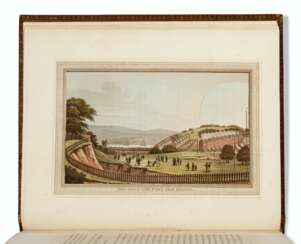





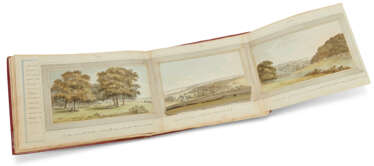












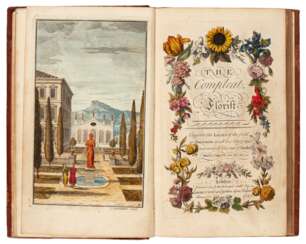


![CARMONTELLE, [Louis CARROGIS] (1717-1806)](/assets/image/picture_2943130/326fb/5b59ad7e08c945122188b73f8755136e1689199200jpg__fix_374_244.jpeg)
![CARMONTELLE, [Louis CARROGIS] (1717-1806)](https://veryimportantlot.com/assets/image/picture_2943130/326fb/5b59ad7e08c945122188b73f8755136e1689199200jpg__fix_374_244.jpeg)














